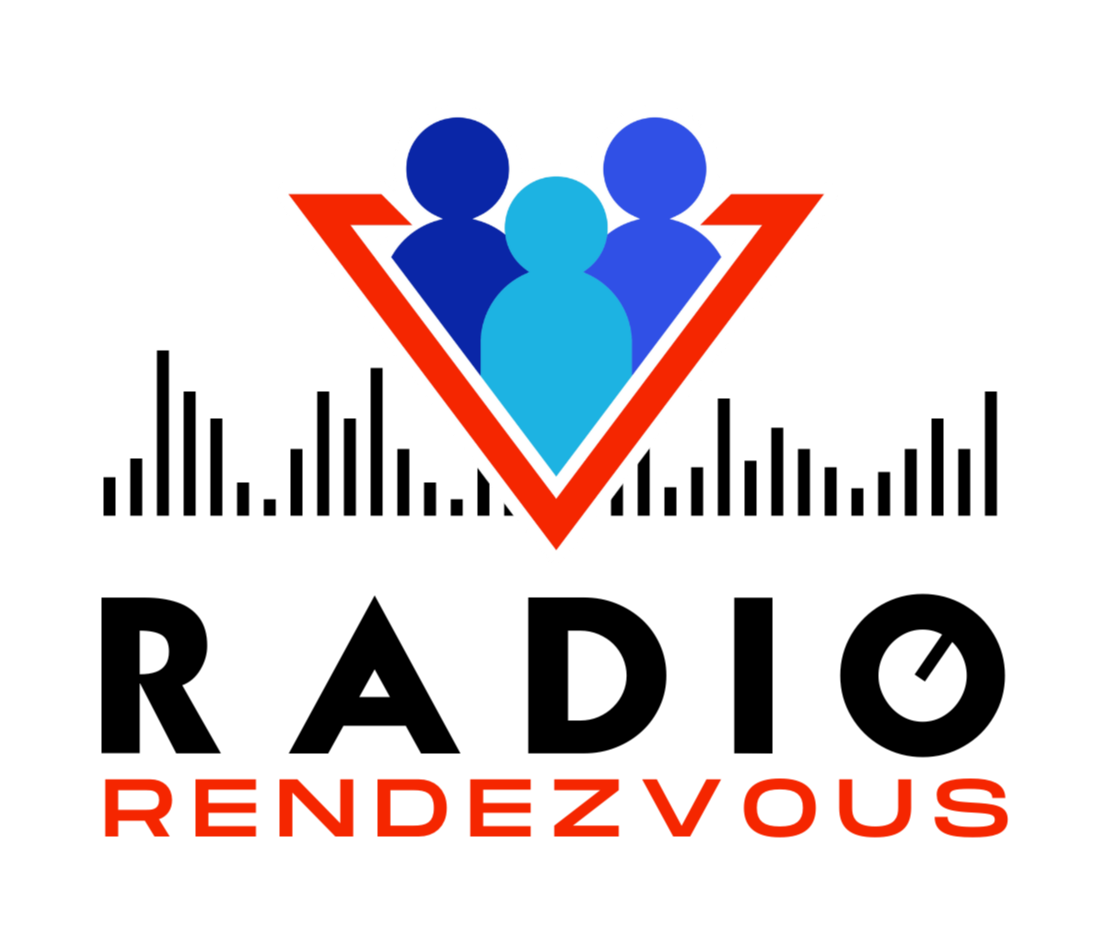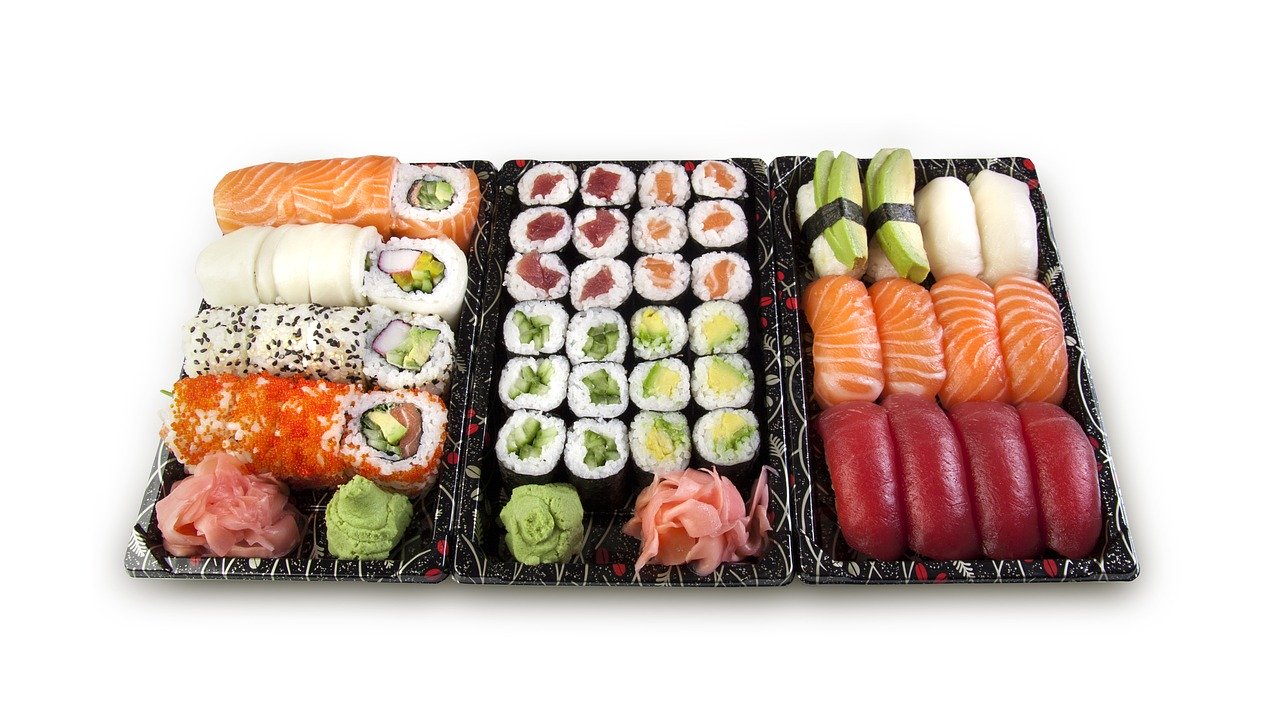
Radio sales has always been a fulcrum for industry success. Programmers can dream up all sorts of content for audiences to consume, but if the salespeople can’t (or won’t) sell it, what’s the point?
Today’s blog post – written by our former “Digital Dot Connector,” Seth Resler, goes back exactly six years ago. And it tackled this topic particularly on the digital sales front. Many radio account executives grew up in an environment of selling :30s, :60s, and perhaps, event sponsorships. Selling digital has proved to be a challenge in most operations and within many companies struggling to make the transformation.
The sales vs. programming struggle has been around as long as Marconi and the car radio, and vacuum tubes. It’s probably the single topic my brother, Paul, and I debate most. And along the way, we try to craft selling strategies that just might work – only with checkered success.
 Exactly one year ago, Seth left Jacobs Media to strike out on his own, working on projects meaningful to him, particularly under the “community” umbrella. He recently joined forces with our old friend, Joel Denver, hosting “virtual mixers,” called “Radio Rendezvous.” Yesterday was their maiden voyage for a project designed to connect radio pros with one another in an informal environment where industry conferences and company retreats are becoming rarer and rarer. Their next meetup is Thursday, January 9 at 1pm ET. You can sign up for it (free) here.
Exactly one year ago, Seth left Jacobs Media to strike out on his own, working on projects meaningful to him, particularly under the “community” umbrella. He recently joined forces with our old friend, Joel Denver, hosting “virtual mixers,” called “Radio Rendezvous.” Yesterday was their maiden voyage for a project designed to connect radio pros with one another in an informal environment where industry conferences and company retreats are becoming rarer and rarer. Their next meetup is Thursday, January 9 at 1pm ET. You can sign up for it (free) here.

Interestingly, when Seth departed, we brought in Chris Brunt (pictured) to take Jacobs Media in a different direction. His title says it all – Director, Digital Revenue. After all, what could be more important at this juncture of the medium’s rollercoaster trajectory than monetization? Yes, we have lots of issues and challenges in broadcast radio, but marketing content is right up there as a key priority with every client we work with.
Chris has had a solid year of progress in his efforts to generate more sales for radio’s digital menus. And he’s getting 360º of Jacobs Media clients, working with big markets, medium, and small markets, as well as with commercial, public, and Christian stations.
Give us a little more time and runway, and we just might figure this thing out. Here’s Seth’s post. – FJ
December 2018
I first learned the art of eating sushi in the course of my first radio gig, working as the Imaging Director for 105.7 The Point in St. Louis. My Program Director, Allan Fee, was a big sushi fan, and we found ourselves dining out on raw fish frequently. If you’ve ever been to a sushi restaurant, you know the routine: the waiter hands you a slip of paper resembling a Yahtzee scorecard with a list of different offerings, and you enter a number next to the items you wish to order. Experienced sushi eaters like Allan are accustomed to this, but there’s definitely a learning curve to it. Back then, I didn’t know the difference between sashimi and nigiri, and when you’re uninitiated, ordering sushi can be an intimidating experience.
In this situation, a knowledgeable waiter can make a world of difference. If they ask the right questions and assess your desires — “Do you have any allergies?,” “Are you vegetarian?,” “How do you feel about raw quail eggs?” — it can make a world of difference. The wait staff at a good sushi restaurant knows how to tell the difference between a customer who needs help and one who can be left to their own devices. It’s the difference between being an order taker and a true waiter.

Often, when I encounter radio sales teams that are having trouble embracing the digital side of the business, it’s because they’re behaving like order takers at a sushi restaurant. Instead, radio salespeople should strive to emulate the most helpful waiters.
Thirty years ago, radio salespeople had few things they could sell. It was pretty much spots, remote broadcasts, and the occasional event sponsorship. Since then, we’ve added many arrows to the quiver. Radio salespeople are now responsible for pitching an array of digital products to clients, from display ads in mobile apps to pre-roll spots in the audio stream to mentions in social media posts. Today’s list of products resembles a sushi menu – lots of items and terms that might not be initially clear to those scanning the offerings.
While some clients are digitally savvy enough to know exactly what they need, most of them aren’t. We routinely encounter local advertisers who know they need to be using digital channels to market their products and services, but are looking for help in determining what’s best for their businesses. Are your salespeople trained to offer that guidance? Or are they like the order takers who just drop the menu on the table and leave customers to fend for themselves?

Sometimes, our salespeople push a particular service because that’s the station’s priority, even if it doesn’t fit the specific needs of the customer. Incentivizing the sales staff to “push homepage takeovers this month” is the equivalent of the chef saying, “The mackerel’s about to go bad, push it on special” — it doesn’t prioritize the needs of the client, and it might leave them with a queasy feeling in their stomachs.
Instead, more than ever now that radio stations have so many different services to offer, salespeople need to know how to ask the right questions, assess a clients’ needs, and assemble a program to meet those needs. Today, it’s a much harder job than simply asking, “How many spots do you want?” Or worse, “What’s your radio budget?'”
The more digital services radio stations can offer their clients, the more skilled salespeople need to be successful. For this reason, the rollout of any new product or service should be accompanied by training. Salespeople shouldn’t be asked to sell something unless they are fully educated about it, yet managers sometimes skip this step. We are taught that our salespeople need to be out on the streets at all times, but it’s important to also carve out time for internal education. Every good restaurant takes the time to teach its wait staff about the menu; radio stations should do the same.
 A key is often finding that one “digital ninja salesperson” who is enthusiastic and eager to sell these wares. Investing resources into sharpening their skills is often money well spent. And maybe, it inspires other sellers to follow suit.
A key is often finding that one “digital ninja salesperson” who is enthusiastic and eager to sell these wares. Investing resources into sharpening their skills is often money well spent. And maybe, it inspires other sellers to follow suit.
Of course, there’s also the issue of buy-in. The sales team needs to understand the “why” of a digital product, and why it can be a valuable asset to advertisers. That’s a big reason why we continue to conduct our Techsurveys each year for commercial, public, and Christian music radio. The audience is changing, and in the process, using a wider array of digital products and gadgets. Sellers need to be conversant about streaming, podcasts, video, social, OTT, SEM, and everything else in the tool kit.
If your radio station’s sales team finds itself struggling as the company offers more and more services to the menu, think of yourselves like a sushi restaurant, and empower your “wait staff” to offer the best customer experience possible.
Bon Appetit!
P.S. Back to 2024, if your team could use a refresher – or a whole new strategy – shoot an email to Chris Brunt and set up a time to talk it through. There may be solutions you don’t know about or options that others are achieving success with. As we head into a new year, getting your sales house in order is always a smart and sensible to take. Email Chris here. – FJ
- What If Radio Tried Something Right Out Of Left Field? - May 9, 2025
- Why Radio PDs Are A Lot Like NBA Coaches - May 8, 2025
- Memo To Radio: We Have Met The Enemy And It Is… - May 7, 2025





The sushi example is a great analogy! Great column for sellers. But program side needs to keep their product fresh and appealing too!
Dave, all departments need to raise the bar to keep the content competitive, compelling, and desirable.